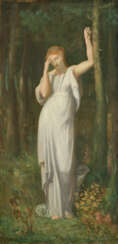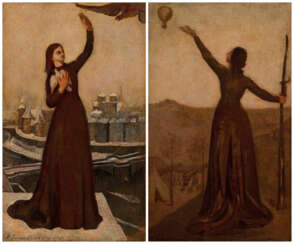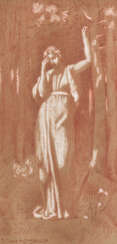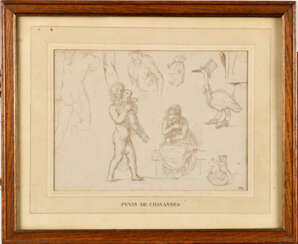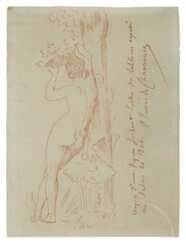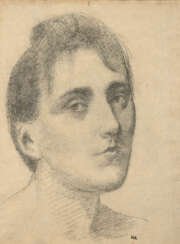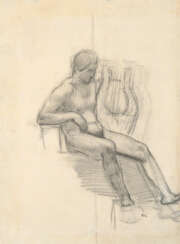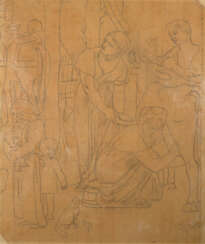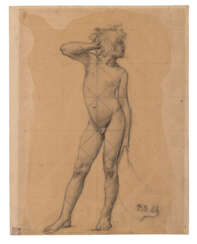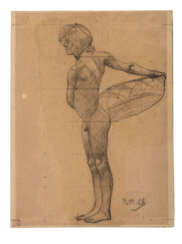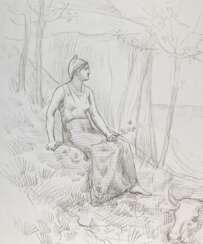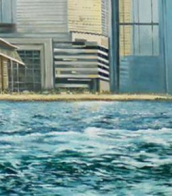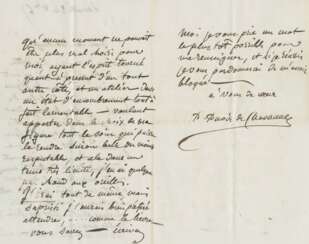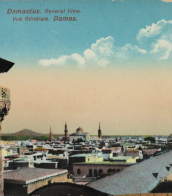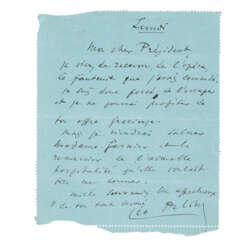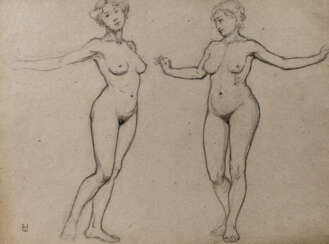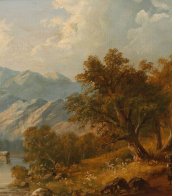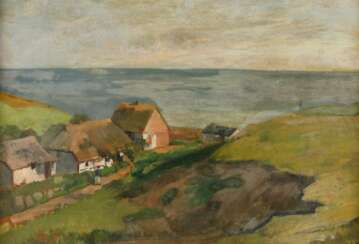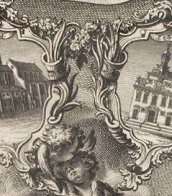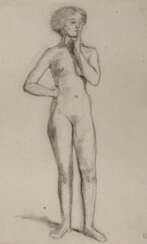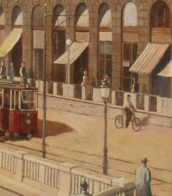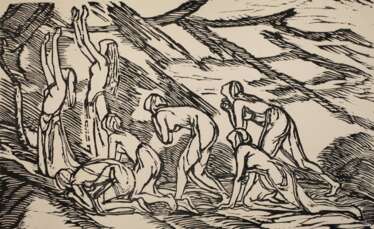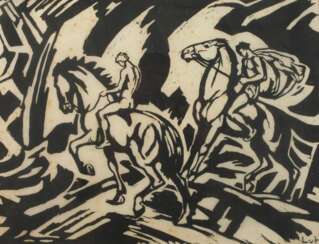pierre puvis de chavannes (1824 - 1898)
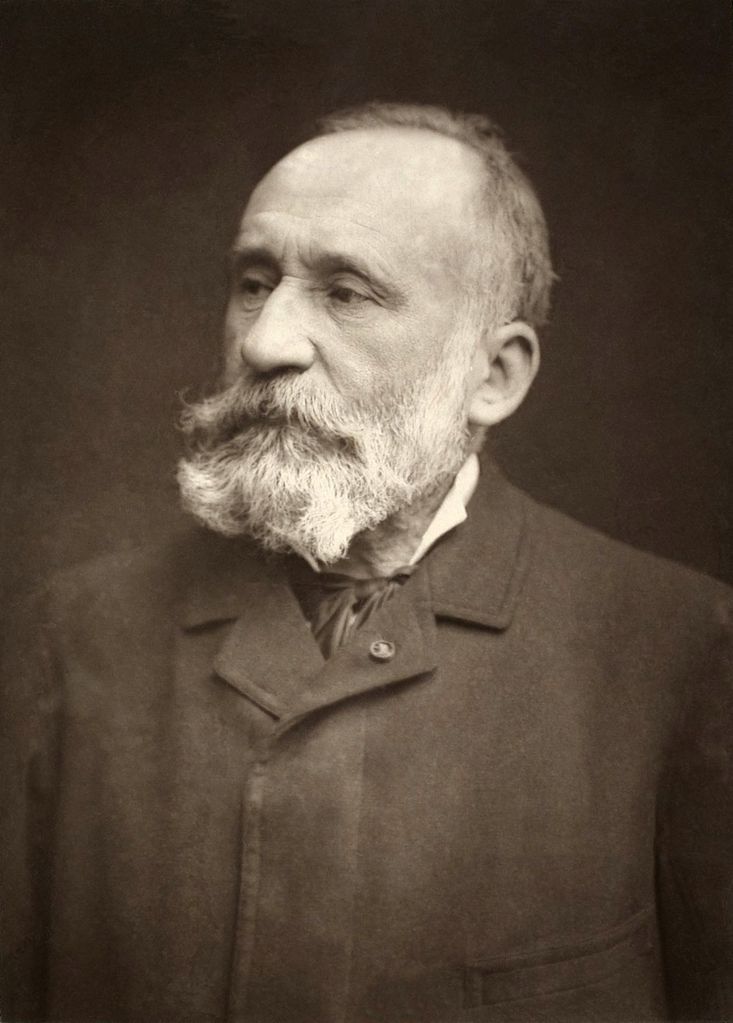
Pierre Cécile Puvis de Chavannes, a prominent French painter, was known as "the painter for France." His influential mural paintings showcased a classicizing style, often referencing visions of Hellenistic Greece.
Puvis received numerous commissions for public and private institutions across France, with significant works in Amiens, Marseille, Lyon, Poitiers, and Paris. His success as a 'painter for France' stemmed from his ability to appeal to various ideologies of the time. In addition to murals, Puvis created easel paintings, some of which can be found in galleries worldwide. Despite his significance, he was not fully appreciated during his lifetime, and his work remains a subject of ongoing art criticism.


Pierre Cécile Puvis de Chavannes, a prominent French painter, was known as "the painter for France." His influential mural paintings showcased a classicizing style, often referencing visions of Hellenistic Greece.
Puvis received numerous commissions for public and private institutions across France, with significant works in Amiens, Marseille, Lyon, Poitiers, and Paris. His success as a 'painter for France' stemmed from his ability to appeal to various ideologies of the time. In addition to murals, Puvis created easel paintings, some of which can be found in galleries worldwide. Despite his significance, he was not fully appreciated during his lifetime, and his work remains a subject of ongoing art criticism.


Pierre Cécile Puvis de Chavannes, a prominent French painter, was known as "the painter for France." His influential mural paintings showcased a classicizing style, often referencing visions of Hellenistic Greece.
Puvis received numerous commissions for public and private institutions across France, with significant works in Amiens, Marseille, Lyon, Poitiers, and Paris. His success as a 'painter for France' stemmed from his ability to appeal to various ideologies of the time. In addition to murals, Puvis created easel paintings, some of which can be found in galleries worldwide. Despite his significance, he was not fully appreciated during his lifetime, and his work remains a subject of ongoing art criticism.


Pierre Cécile Puvis de Chavannes, a prominent French painter, was known as "the painter for France." His influential mural paintings showcased a classicizing style, often referencing visions of Hellenistic Greece.
Puvis received numerous commissions for public and private institutions across France, with significant works in Amiens, Marseille, Lyon, Poitiers, and Paris. His success as a 'painter for France' stemmed from his ability to appeal to various ideologies of the time. In addition to murals, Puvis created easel paintings, some of which can be found in galleries worldwide. Despite his significance, he was not fully appreciated during his lifetime, and his work remains a subject of ongoing art criticism.
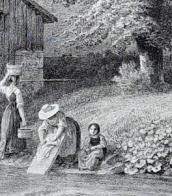

Pierre Cécile Puvis de Chavannes, a prominent French painter, was known as "the painter for France." His influential mural paintings showcased a classicizing style, often referencing visions of Hellenistic Greece.
Puvis received numerous commissions for public and private institutions across France, with significant works in Amiens, Marseille, Lyon, Poitiers, and Paris. His success as a 'painter for France' stemmed from his ability to appeal to various ideologies of the time. In addition to murals, Puvis created easel paintings, some of which can be found in galleries worldwide. Despite his significance, he was not fully appreciated during his lifetime, and his work remains a subject of ongoing art criticism.
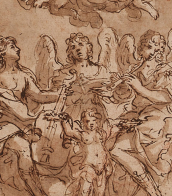

Pierre Cécile Puvis de Chavannes, a prominent French painter, was known as "the painter for France." His influential mural paintings showcased a classicizing style, often referencing visions of Hellenistic Greece.
Puvis received numerous commissions for public and private institutions across France, with significant works in Amiens, Marseille, Lyon, Poitiers, and Paris. His success as a 'painter for France' stemmed from his ability to appeal to various ideologies of the time. In addition to murals, Puvis created easel paintings, some of which can be found in galleries worldwide. Despite his significance, he was not fully appreciated during his lifetime, and his work remains a subject of ongoing art criticism.


Pierre Cécile Puvis de Chavannes, a prominent French painter, was known as "the painter for France." His influential mural paintings showcased a classicizing style, often referencing visions of Hellenistic Greece.
Puvis received numerous commissions for public and private institutions across France, with significant works in Amiens, Marseille, Lyon, Poitiers, and Paris. His success as a 'painter for France' stemmed from his ability to appeal to various ideologies of the time. In addition to murals, Puvis created easel paintings, some of which can be found in galleries worldwide. Despite his significance, he was not fully appreciated during his lifetime, and his work remains a subject of ongoing art criticism.


Pierre Cécile Puvis de Chavannes, a prominent French painter, was known as "the painter for France." His influential mural paintings showcased a classicizing style, often referencing visions of Hellenistic Greece.
Puvis received numerous commissions for public and private institutions across France, with significant works in Amiens, Marseille, Lyon, Poitiers, and Paris. His success as a 'painter for France' stemmed from his ability to appeal to various ideologies of the time. In addition to murals, Puvis created easel paintings, some of which can be found in galleries worldwide. Despite his significance, he was not fully appreciated during his lifetime, and his work remains a subject of ongoing art criticism.


Pierre Cécile Puvis de Chavannes, a prominent French painter, was known as "the painter for France." His influential mural paintings showcased a classicizing style, often referencing visions of Hellenistic Greece.
Puvis received numerous commissions for public and private institutions across France, with significant works in Amiens, Marseille, Lyon, Poitiers, and Paris. His success as a 'painter for France' stemmed from his ability to appeal to various ideologies of the time. In addition to murals, Puvis created easel paintings, some of which can be found in galleries worldwide. Despite his significance, he was not fully appreciated during his lifetime, and his work remains a subject of ongoing art criticism.
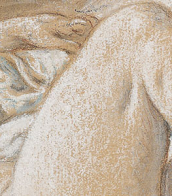

Pierre Cécile Puvis de Chavannes, a prominent French painter, was known as "the painter for France." His influential mural paintings showcased a classicizing style, often referencing visions of Hellenistic Greece.
Puvis received numerous commissions for public and private institutions across France, with significant works in Amiens, Marseille, Lyon, Poitiers, and Paris. His success as a 'painter for France' stemmed from his ability to appeal to various ideologies of the time. In addition to murals, Puvis created easel paintings, some of which can be found in galleries worldwide. Despite his significance, he was not fully appreciated during his lifetime, and his work remains a subject of ongoing art criticism.
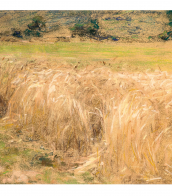

Pierre Cécile Puvis de Chavannes, a prominent French painter, was known as "the painter for France." His influential mural paintings showcased a classicizing style, often referencing visions of Hellenistic Greece.
Puvis received numerous commissions for public and private institutions across France, with significant works in Amiens, Marseille, Lyon, Poitiers, and Paris. His success as a 'painter for France' stemmed from his ability to appeal to various ideologies of the time. In addition to murals, Puvis created easel paintings, some of which can be found in galleries worldwide. Despite his significance, he was not fully appreciated during his lifetime, and his work remains a subject of ongoing art criticism.

